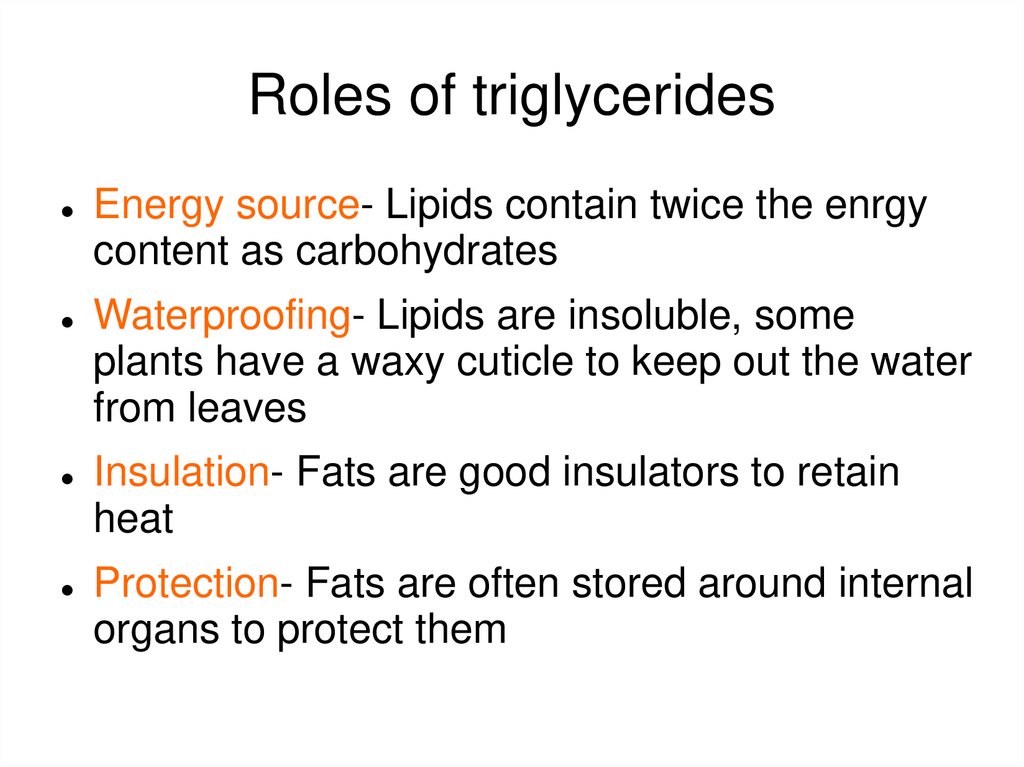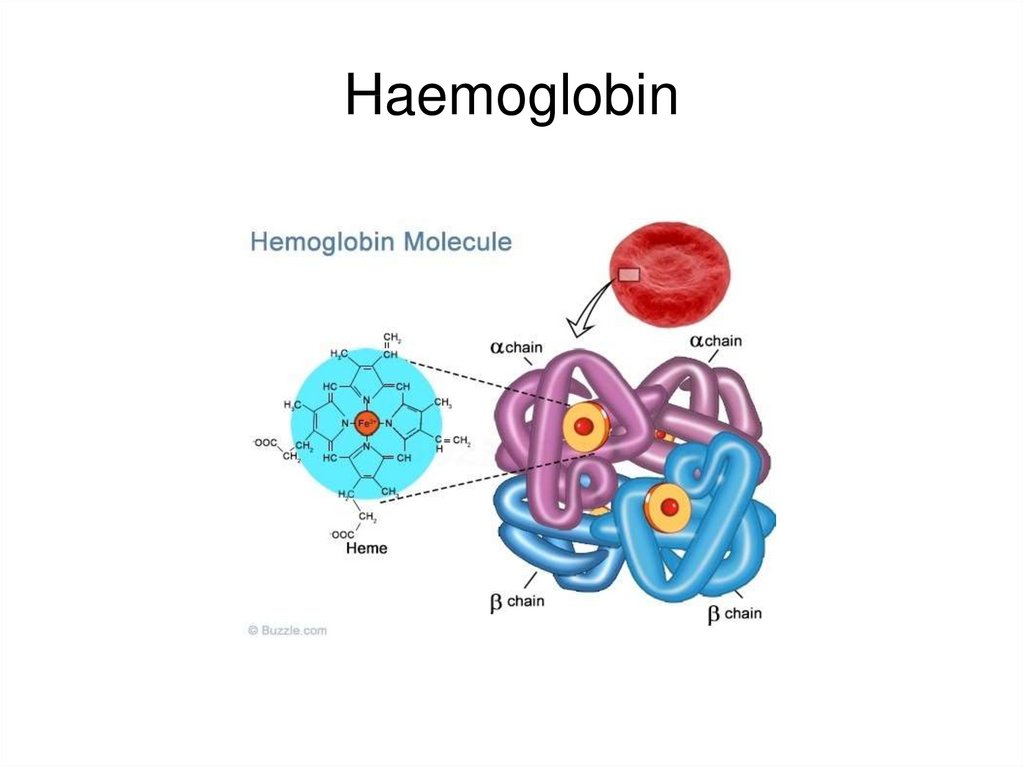Similar presentations:
Biology. Biology course
1.
BIOLOGYMy Name: Laura Mascia
Master degree in Biological Sciences at University of Pisa
PhD in Neurobiology at Scuola Normale Superiore in Pisa
Post Doc EMBO fellowship at Technische Universitaet Munchen,
Department Biopolymer Chemistry
Research fields metabolism, proteins in nervous system, protein
expression in vitro, proteomics
Teaching at school (Biology, Earth sciences, Mathematics).
Primary and secondary school
FCS: Biology course since 2017.
2.
Biology courseThe chemicals of life. Water and its properties. Biological molecules: carbohydrates.
Biomolecules. Lipids: cholesterol, Proteins, nucleic acids Nuclei acid: DNA and RNA
structure. Examples of proteins. Biomolecules as nutrients.
Cell structure. Prokaryotic and eukaryotic cells. Cell organelles
Cell structure. Different organelles, protein trafficking
Cell membranes and transport. Structure of membranes. Features of the fluid mosaic
model. Transport across cell membranes.
Cell division. Mitosis and Meiosis. DNA replication
Cell biology and microscopy. Laboratory safety rules. Chemical safety. Light and
electron microscopy. The concept of mole
LAB: Introduction to a scientific lab. Description of common lab instruments. Use of
light microscope. Observation of a fresh preparation of onion cells. Preparation of 1M
solution of sodium chloride.
Inheritance and mendelian genetics.
Nucleic acids and protein synthesis.
LAB: DNA extraction from strawberries
Revision of all the topics.
TEST (multiple choice questions)
3.
Biology courseMolecular genetics. Trancription and translation
Genetic technology. Gene cloning and protein expression. Agarose gel electrophoresis. PCR. CRISPR technology
Microorganisms. Bacteria, Viruses, Protozoa and Fungi. How to grow bacteria
LAB: Growing bacteria. Preparation of nutrient agar plates. Inoculation of bacteria
LAB: Analysis of the plates after overnight incubation. description of different types of bacteria. Observation of
different preparation of protists (Amoeba, Paramecium, Euglena) with light microscope. Observation of pond water
samples with light microscope.
Multicellularity. Tissues and organs
Digestive system. Anatomy and physiology. Importance of liver and pancreas in glucose homeostasis.
Circulatory system. Anatomy and physiology.
LAB: Dissection of a chicken to identify the different organs of the digestive system, circulatory system, scheletric
system and muscular system.
Circulatory system. Blood test. Blood composition. Different cells in blood
Respiratory system. Anatomy and physiology.
Energy metabolism in living organism. Energy flow and biological significance of photosynthesis, glycolisis,
fermentation and aerobic respiration. The importance of ATP.
Nervous system. Anatomy. Neurons and signal trasmission Neurotrasmitter release.
Biodiversity and classification
FINAL TEST (multichoice questions)
4.
Biomolecules5.
The chemicals of lifeWhat are we made of?
WATER
NUCLEIC ACID
(DNA and RNA)
PROTEINS
CARBOHYDRATES
FATS
MINERAL SALTS
Most of our bodies are made up of WATER (about 60%)
Our cells also contain carbohydrates, proteins, fats and
nucleic acid. Each of them is vital for life
6.
WaterThree quarters of our planet is covered by
water. Earth is the blue (water) planet
Water is a polar molecule
Water is a liquid. It
provides a medium for
molecules and ions to
mix in, a medium in
which life can evolve
7.
WaterWater is an excellent solvent for ions and polar
molecules
8.
WaterPolar molecules are soluble in water
Non-polar molecules are insoluble in water
9.
Water as a transport mediumInside every living organism metabolic reactions can only
take place if the chemicals are dissolved in water. Water is
the most important solvent, if the cells dry out the reactions
stop and the organism dies
Plasma, the liquid part of the blood, contains a lot of water
where many substances like glucose, are transported.
In the alimentary canal water is required for dissolving
enzymes and nutrients.
The kidneys remove the waste product (urea) from our
body dissolving it in water (and forming urine).
10.
Important chemical propertiesCohesion: attraction between molecules of the same
substance.
Water is cohesive because the H-bonds hold the molecules
together.
Adhesion: attraction between molecules of water and
different molecules
11.
Important chemical propertiesCohesion results in Surface tension: a measure of the
strength of water's surface
12.
Surface tension13.
IMPORTANT BIOLOGICAL PROPERTIES OF WATERAdhesion+ Cohesion------Capillary action
Capillary action forces water to move high into
trees
14.
The four most common elements inliving organisms
Organic molecules
always contain carbon
and hydrogen
15.
The chemicals of life: BiomoleculesCarbohydrates
(sugars)
Proteins
Lipids (or
fats)
Biomolecules
Vitamins and
hormones
Nucleic acid
(DNA and RNA)
16.
Biomolecules are macromolecules17.
Biomolecules: Monomers and polymersMonomers are joined together by condensation reaction to form
polymers
Two
molecules
react with
each other
with the
concurrent
loss of a
molecule of
water
18.
Biomolecules: Monomers and polymersHydrolysis reactions break polymers into monomers
Hydrolysis
adds a
water
molecule to
break a
bond
19.
Biomolecules20.
Carbohydrates21.
22.
23.
24.
Simple and complex carbohydrates25.
Biomolecules: CarbohydratesChemical
composition:
C,H,O
Carbohydrates (sugars)
Simple sugars
Monosaccharides Disaccharides
Ribose
Glucose
Fructose
Galactose
Maltose
Lactose
Sucrose
Complex sugars
Polysaccharides
Starch
Cellulose
Glycogen
26.
Biomolecules: Simple carbohydratesDisaccharides
27.
Biomolecules: complex carbohydrates28.
Biomolecules: Carbohydrates29.
Biomolecules: CarbohydratesPolysaccharides are polymers of monosaccharides
Storage
Structural
Starch in plants
Cellulose (fiber)
Glycogen in animals
Chitin
30.
Starch in plantsStarch: is a polymer of alpha-glucose and it is a mixture of two different
polysaccharides: amylose and amylopectin
Amylose
Starch
long unbranched chain of glucose
units
Amylopectin
highly branched chain of glucose
units
31.
32.
Starch grains in raw potatoes33.
Biomolecules: CarbohydratesPolysaccharides
Glycogen
Storage form of glucose in
animals. Hydrolysis of glycogen
releases glucose when the
demand of sugar increases,
providing energy.
Glycogen helps maintaining
glucose blood concentration
constant, by releasing sugar in
the blood stream if needed. If
there is too much sugar in the
blood, some of the glucose can
be converted back to glycogen
to save for later
34.
Biomolecules: CarbohydratesPolisaccharides: Cellulose
Cellulose is a polymer of
beta-glucose
35.
CELLULOSE- makes up 50% of the plant cell wall
- about 2000 chains mass together to form microfibrils,
which are visible under an electron microscope
36.
37.
Chitin- Found in arthropod exoskeletons and fungal cell
walls
- Long chains of beta-glucose, but on each monomer
the OH-group is substituted by a nitrogenous group
(NHCOCH3)
38.
Lipids39.
LipidsLipids are a very varied group of chemicals
They are all organic molecules that are
insoluble in water
The most familiar lipids are fats and oils
Fats are solid at room temperature, while oils
are liquid
40.
41.
Biomolecules: LipidsFatty acid
42.
Saturated fatty acid/unsaturatedfatty acid
43.
Saturated fatty acid/unsaturatedfatty acid
44.
45.
Biomolecules: LipidsTriglycerides
Triacylglycerol: Energy storage in adipocytes as fat droplets
Fats are good insulator against cold temperatures in animals that live in
the cold or hybernate.
46.
Roles of triglyceridesEnergy source- Lipids contain twice the enrgy
content as carbohydrates
Waterproofing- Lipids are insoluble, some
plants have a waxy cuticle to keep out the water
from leaves
Insulation- Fats are good insulators to retain
heat
Protection- Fats are often stored around internal
organs to protect them
47.
Biomolecules: LipidsPhospholipids
48.
Biomolecules: LipidsPhospholipids
49.
Biomolecules: LipidsPhospholipids
Cell membranes are composed of a phospholipid bilayer
Phospholipids are
arranged in 2 layers
(bilayer)
They arrange
themselves so that
the hydrophobic
tails face away from
water
Bilayer is held
together by weak
hydrophobic
interactions
The lipid bilayer is
flexible but strong
50.
Biomolecules: LipidsGlicolipids
51.
Biomolecules: LipidsWax and steroids
52.
Water solubleregion
53.
Proteins54.
Biomolecules: ProteinsProteins are polymers of amino acids
Amino acid are formed mainly of carbon, hydrogen, oxygen and
nitrogen
Nitrogen is the characteristic component of proteins
Two amino acids
condensate to form a
dipeptide (peptide bond)
3 amino
acids=tripeptide
more amino
acids=polipeptide
more than 50 amino
acids= protein
55.
Biomolecules: All proteins are made up by a combinationof 20 Aminoacids
56.
Biomolecules: Essential aminoacidsArginine and Histidine
are semi-essential.
They can be
synthesized by adults
but not by growing
children
57.
Biomolecules: ProteinsEach protein is made of molecules with amino acids in a precise order.
Even a small difference in the order of the amino acids makes a
different proteins.
The long chains of amino acids can curl up into different shapes. The
way in which the chain curls up (the 3D structure) is determined by
the sequence of the amino acids in the chain.
The shape of the protein directly affects their function
58.
Biomolecules: ProteinsProtein structure
Primary
Secondary
Tertiary
Quaternary
59.
Biomolecules: Functions of Proteins60.
61.
Haemoglobin62.
Haemoglobin structure63.
It is mostly found in fibrous tissues such as tendons, ligaments, and skin.64.
Collagen65.
Nucleic acids66.
Biomolecules: Nucleic acids (DNA and RNA)DNA carries the genetic code (genetic material)
DNA can replicate and pass on genetic information (hereditary
material)
The sequence of the bases in our DNA provides a code that is used to
determine all the kinds of proteins in our body.
Proteins are required to build an organism and catalyzing all of its
biochemical reactions
67.
Biomolecules: Nucleic acidsNucleic acids are polymers of nucleotides
68.
69.
Biomolecules: Nucleic acidsPurine
Adenine (A) and Guanine (G)
Pirimidine
Cytosine (C), Thymine (T) and Uracil (U)
Nitrogenous base are
DNA only
RNA only
70.
Biomolecules: Nucleic acids71.
Biomolecules: Nucleic acidsDNA double helix
72.
Biomolecules: Nucleic acidsDNA double helix- (1953 Watson and Crick)
73.
Biomolecules: Nucleic acidsDNA double helix with haribo










































































 biology
biology








